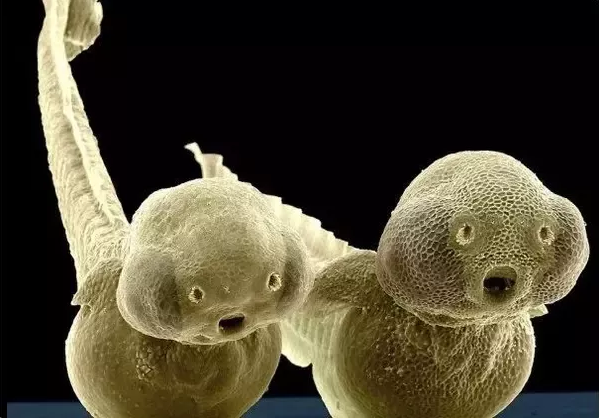Researchers Use Insights From Zebrafish Scales To Develop Fracture Healing Model

KEY POINTS
- Over 6 million fractures reported in the U.S. every year
- Live imaging in bones has been a challenge
- New study pointed out that zebrafish scales provided insights into fracture repair process
A tiny fish could help ease painful metabolic and genetic bone conditions, reported a new study.
Nearly 6.3 million people suffer bone fractures every year. People suffer from acute pain and swelling immediately after a bone has broken. But apart from these obvious aftereffects of a broken bone, there is also a lot of activity happening at the cellular level in an effort to repair the damage.
Zebrafish scales offered new insights
Although much simpler than that of mammalian bones, zebrafish scales respond and develop in a similar way. The only difference is that they are located on the outside of the body. Zebrafishes contain both osteoclasts and osteoblasts — cells that help clear away broken bone particles and help generate new bone structures after a fracture.
"To provide insight into the process of fracture repair, we needed bone that was easily accessible and a model species in which bone growth mimicked that of humans. With transgenic and mutant lines already available, zebrafish scales ticked all the boxes," News Medical quoted Jingjing Kobayashi-Sun, the study’s lead author.
Recent studies have demonstrated that certain molecules derived from these cells might deliver signaling molecules that help generate mature and active cells. But live imaging in bones has been challenging and it was not possible to prove this process of bone resorption.
The researchers at the Kanazawa University in Japan generated a double transgenic line where two cell types expressed different color labels. Making tiny cuts in the scales of fish helped them identify the different cell types in the healing bone via a fluorescent microscope.
"We observed that a large number of the green fluorescent osteoclasts at the fracture site contained red fluorescent osteoblast-derived particles in the cytoplasm, confirming the uptake of EVs by immature osteoclasts. In addition, mature osteoclasts were abundant in the damaged scales, indicating that EV uptake triggers the differentiation of osteoclasts," News Medical quoted the study’s senior author Isao Kobayashi.
The researchers have developed a fracture healing model using double-transgenic zebrafish scales to visualize and isolate cells that are key to bone resorption.
Since bone disorders result from a breakdown in communication between osteoblasts and osteoclasts, the findings of the study might provide valuable information to pave the way towards novel drug therapies.
© Copyright IBTimes 2024. All rights reserved.






















